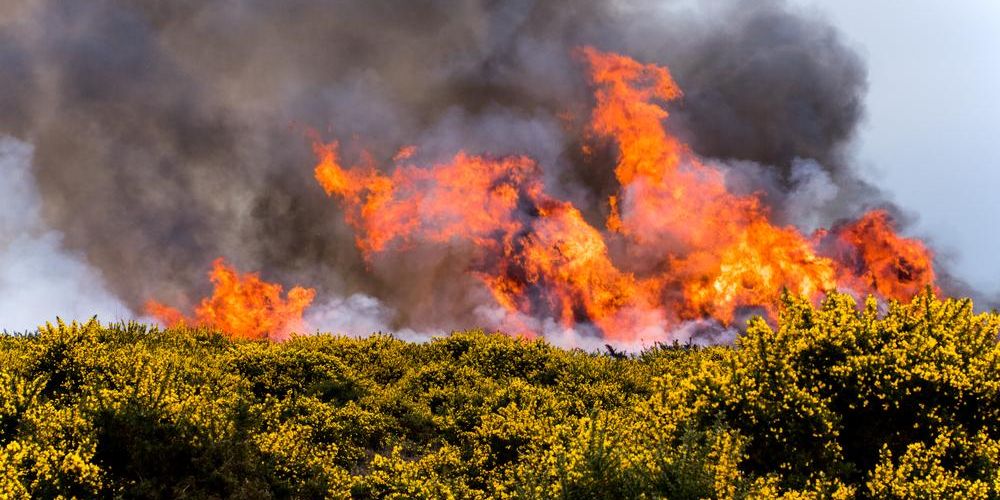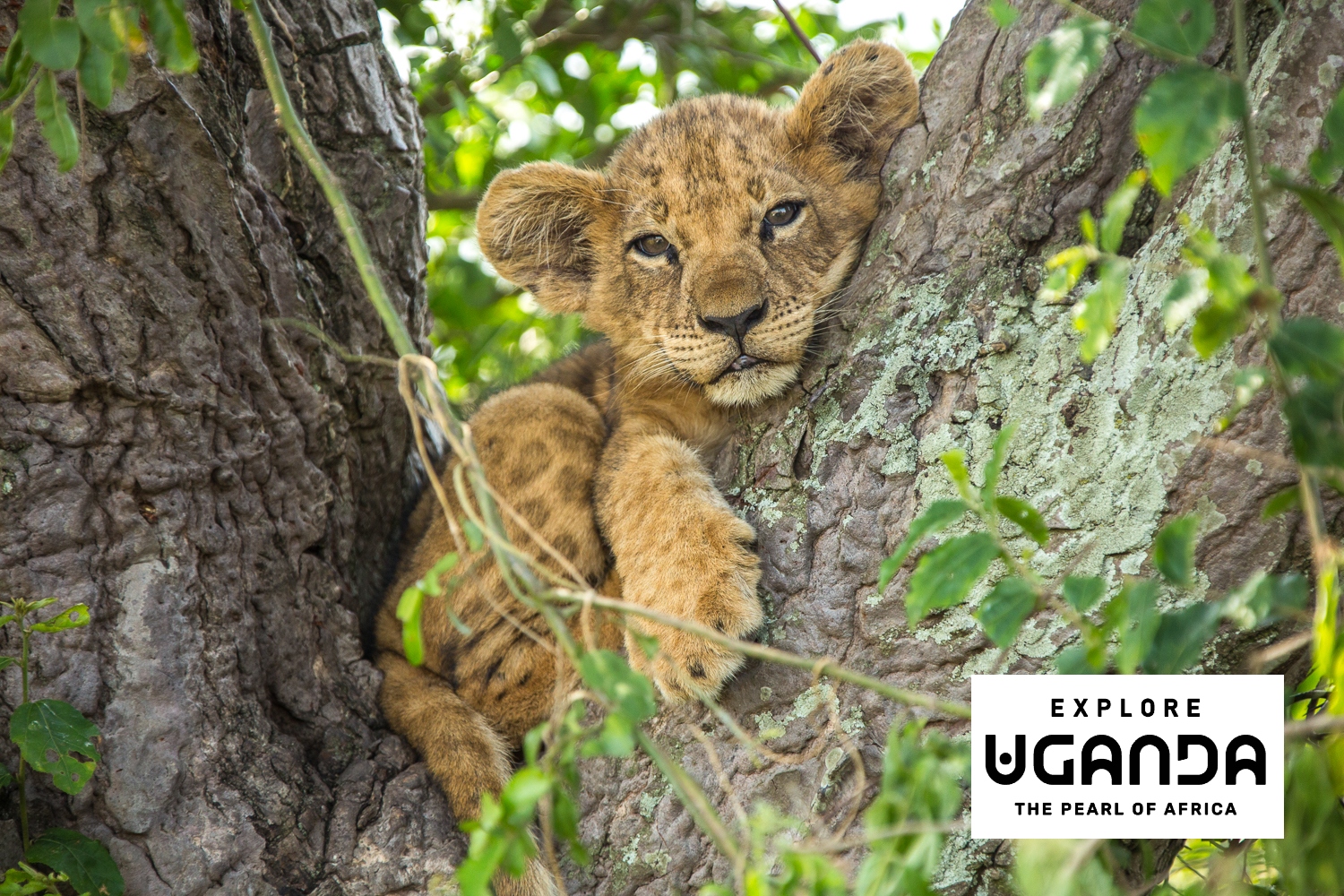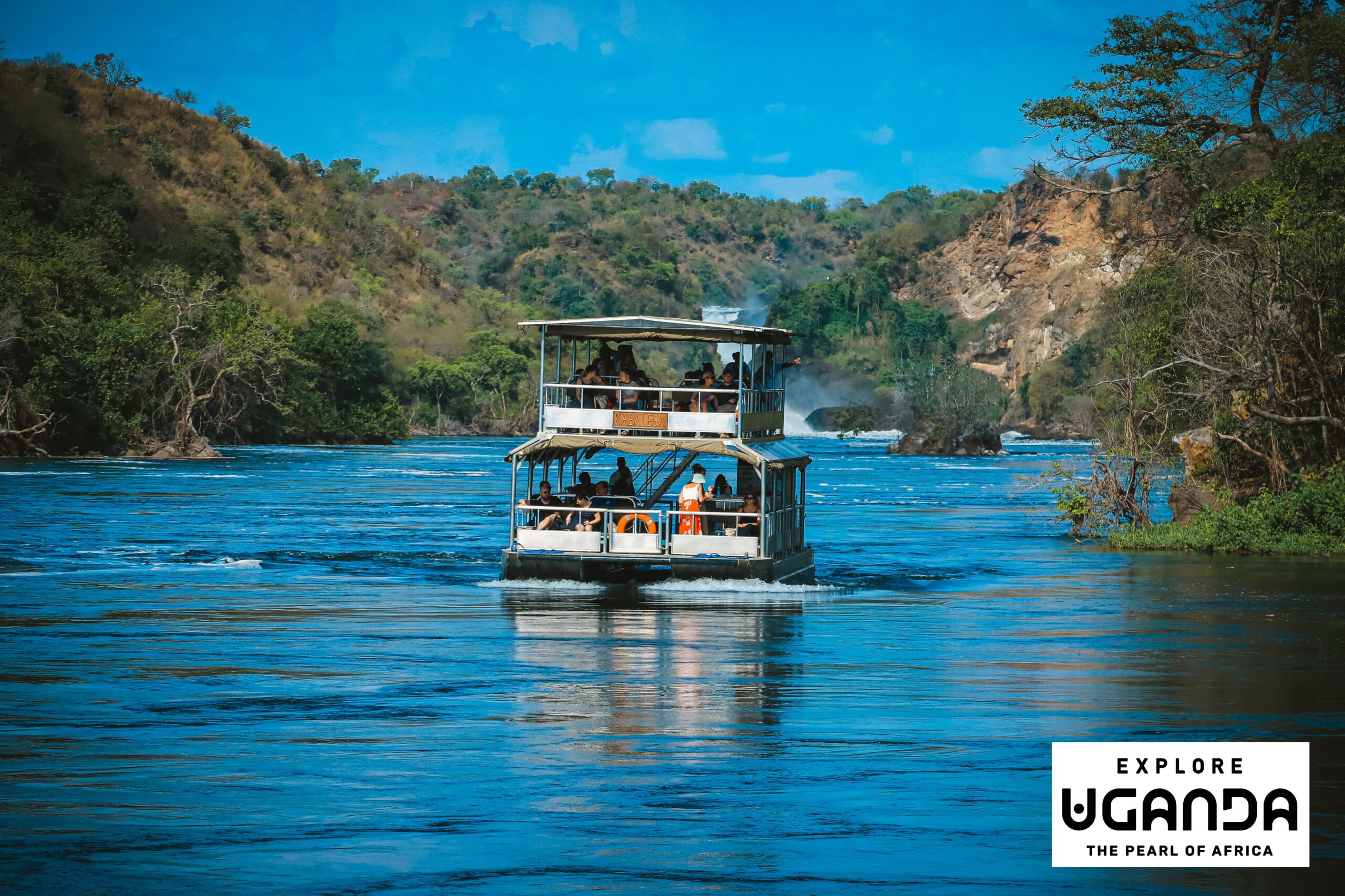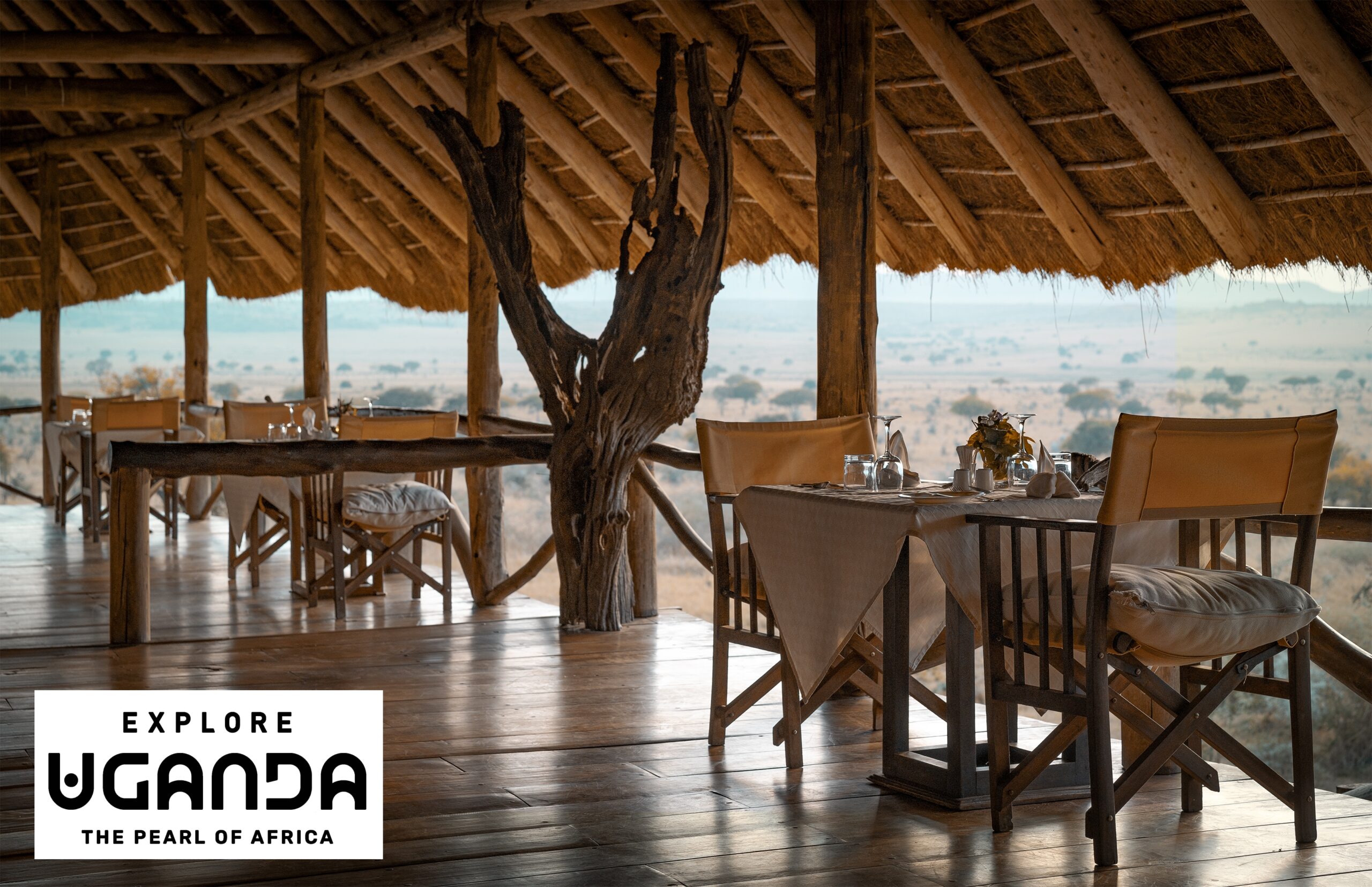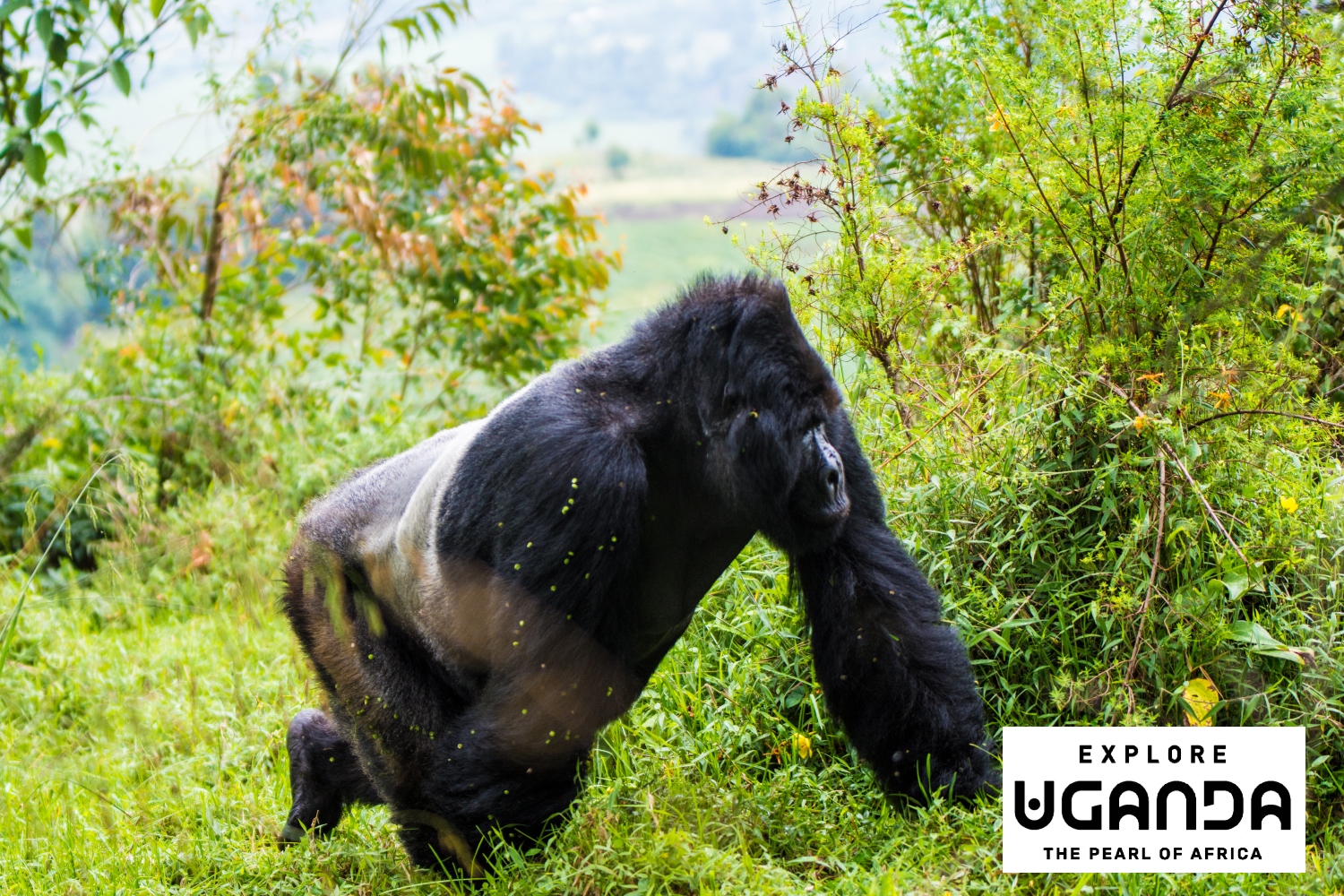The UK isn’t the first place that comes to mind when you think of wildfires. But an alarming spate of blazes in May 2025 is proving that not even the damp British Isles are immune to the grip of fire – and it’s catching both locals and Australian travellers by surprise.
With more than 32,000 hectares scorched so far this year, the UK has quietly entered uncharted territory. From the misty moors of Dartmoor to the sun-drenched slopes of the Scottish Highlands, wildfires have broken out in regions more commonly known for rambling walks and sheep than emergency evacuations and choking smoke.
For Australians, who are no strangers to bushfires and fire bans, it may be tempting to assume the UK’s fires are a scaled-down version of what we deal with every summer. But these fires are a different beast – not just because of the cooler climate, but because the British landscape has never been built to burn.
One of the largest fires this month ripped through Dartmoor National Park in southwest England, destroying habitats for nesting birds and threatening precious peatlands. The cause? Possibly lightning. Possibly human carelessness. What’s clear is that fire crews battled the blaze for days – and many locals were left wondering if this is the new normal.
In Scotland, things have turned equally extreme. Temperatures in the Highlands soared above 28°C – hotter than parts of Morocco – while rainfall levels have dropped to just 3% of the usual average. The Scottish Environment Protection Agency has issued water scarcity alerts across half the country, and wildfire warnings remain in place.
“It’s like nothing we’ve seen before,” one local firefighter told media. “The land is bone dry and the fires are moving faster than we can reach them.”
The irony? While Australian ecosystems are often adapted to – and in some cases benefit from – regular burning, the British landscape does not. Peatlands, which store vast amounts of carbon, are particularly vulnerable. When they burn, they release greenhouse gases and take decades to recover, if at all.
A recent blaze at Glen Finglas in Scotland’s Trossachs National Park, reportedly sparked by a disposable barbecue, killed hundreds of nesting birds and incinerated rare habitats. Conservationists are calling for urgent changes to public behaviour and land management, particularly with a changing climate making the traditionally soggy British countryside more fire-prone than ever.
For Australian travel agents and their clients, these fires are a reminder that even destinations known for green hills and misty mornings aren’t immune to the pressures of climate change. Travellers planning outdoor holidays in the UK this northern summer should monitor local warnings, avoid open flames in national parks, and be aware that wildfire conditions – while still rare – are now a reality.
With large parts of the UK already under high fire danger ratings, and more hot, dry weather on the cards, authorities are urging both locals and tourists to take care. It might not be the Red Centre – but it’s burning all the same.
